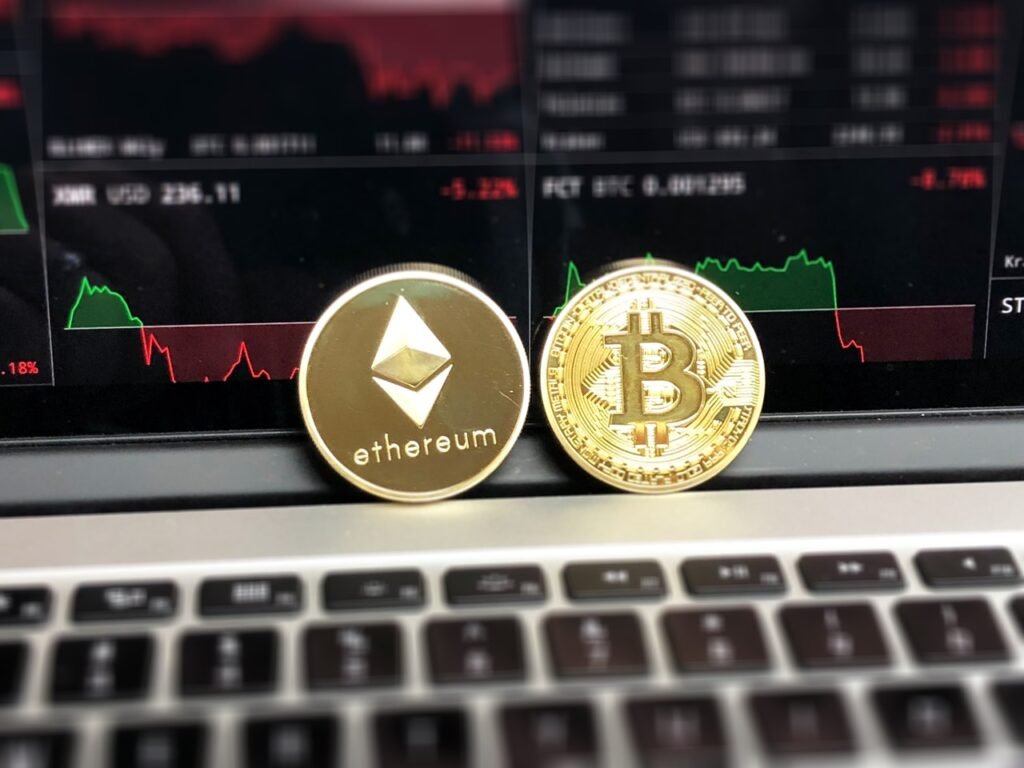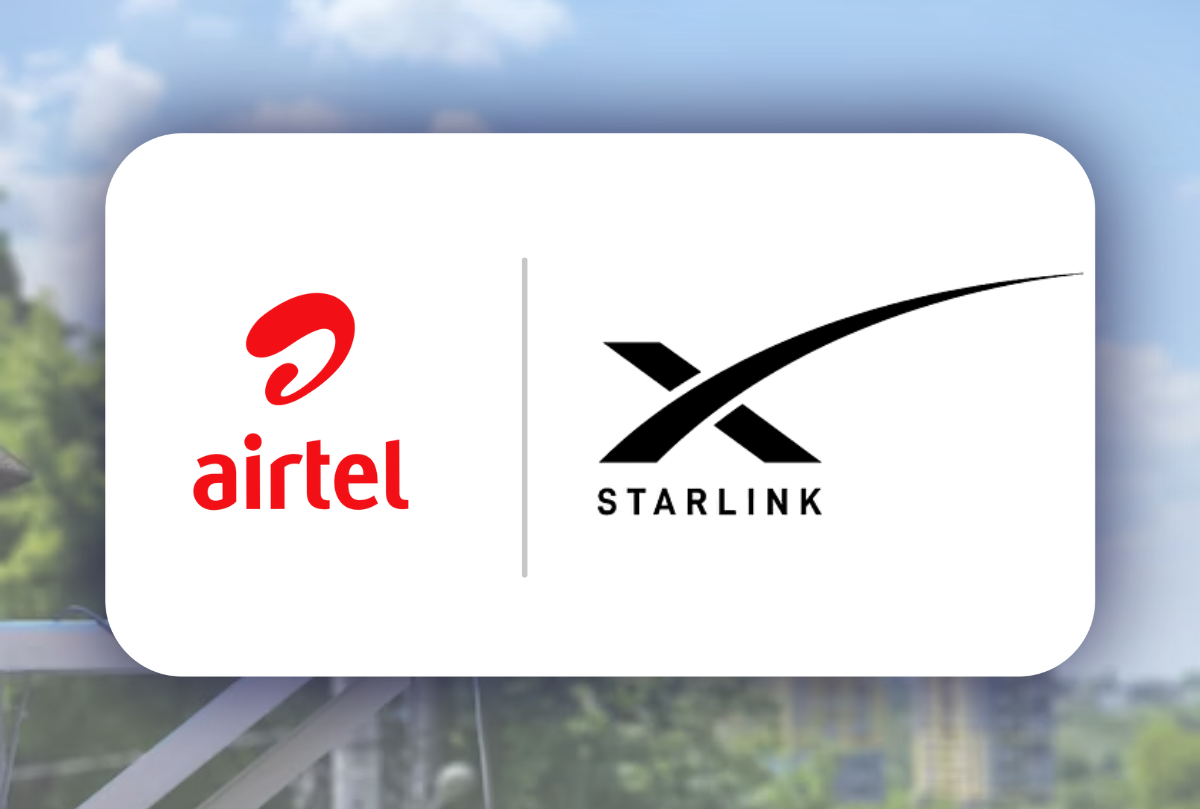Stablecoins are rapidly emerging as a disruptive force in global remittances, offering a faster, cheaper, and more efficient alternative to traditional money transfer services. As blockchain-based financial tools evolve, stablecoins are transforming how money moves across borders, especially for underserved populations reliant on remittance flows.
Dollar-backed stablecoins such as Tether (USDT) and USD Coin (USDC) have become the cornerstone of crypto remittance solutions. These digital currencies combine the low-cost, high-speed benefits of cryptocurrencies with the price stability of fiat money, making them ideal for sending and receiving funds internationally.
Unlike Bitcoin or Ethereum, which are prone to volatility, stablecoins are pegged to fiat currencies, reducing the risks of value fluctuations during transfers. This price stability, coupled with reduced transaction fees and near-instant settlement times, is positioning stablecoins as a preferred medium for cross-border payments.
The global demand for stablecoin remittances is being driven by migrant workers, freelancers, and international businesses seeking affordable financial alternatives. For millions relying on cross-border income, the ability to bypass traditional remittance providers and their steep fees is a game-changer.
Currently, the market is dominated by USD-backed stablecoins, but the potential for GBP or EUR-backed alternatives is gaining attention. Expanding the ecosystem to include more fiat-backed options could provide users with greater flexibility in currency selection.
In Nigeria, the cNGN, a Naira-backed stablecoin launched in February 2025, offers a promising solution for remittances, leveraging the blockchain for fast and low-cost transfers. Developed by the Africa Stablecoin Consortium (ASC) and regulated by the CBN and SEC, cNGN can reduce high remittance fees, though its success depends on overcoming the Naira’s volatility and building public trust.
As the exploration of digital currency innovation rises, this could reshape the competitive dynamics of the remittance market.
The road ahead for the crypto space in Nigeria is becoming increasingly promising. In 2020, the Securities and Exchange Commission (SEC) took its first step toward regulating digital assets by issuing a statement that classified them and proposed a basic regulatory framework.
However, enforcement proved difficult due to the absence of strong legal backing. That changed in 2025, when the SEC updated the Investment and Securities Act (ISA), officially recognizing virtual assets, including cryptocurrencies and tokens, as securities and introducing clear, supportive regulatory frameworks.
Both globally and in Nigeria, tighter regulations have played a major role in boosting trust and adoption, as Financial watchdogs must strike a balance between enabling innovation and protecting users.
With global regulatory support, the momentum behind stablecoin adoption continues to build. Financial institutions, fintech firms, and governments are increasingly exploring partnerships and infrastructure to support stablecoin-based remittances.
A remittance landscape inclusive of euro, pound, naira, and other African currency-backed stablecoins could democratize access and reduce dollar dependence.
As public awareness and trust with digital currencies rise, stablecoins are becoming a viable option for everyday financial activities, including cross-border payments. This growing familiarity is expected to accelerate adoption and spur further financial technological advancements.

























